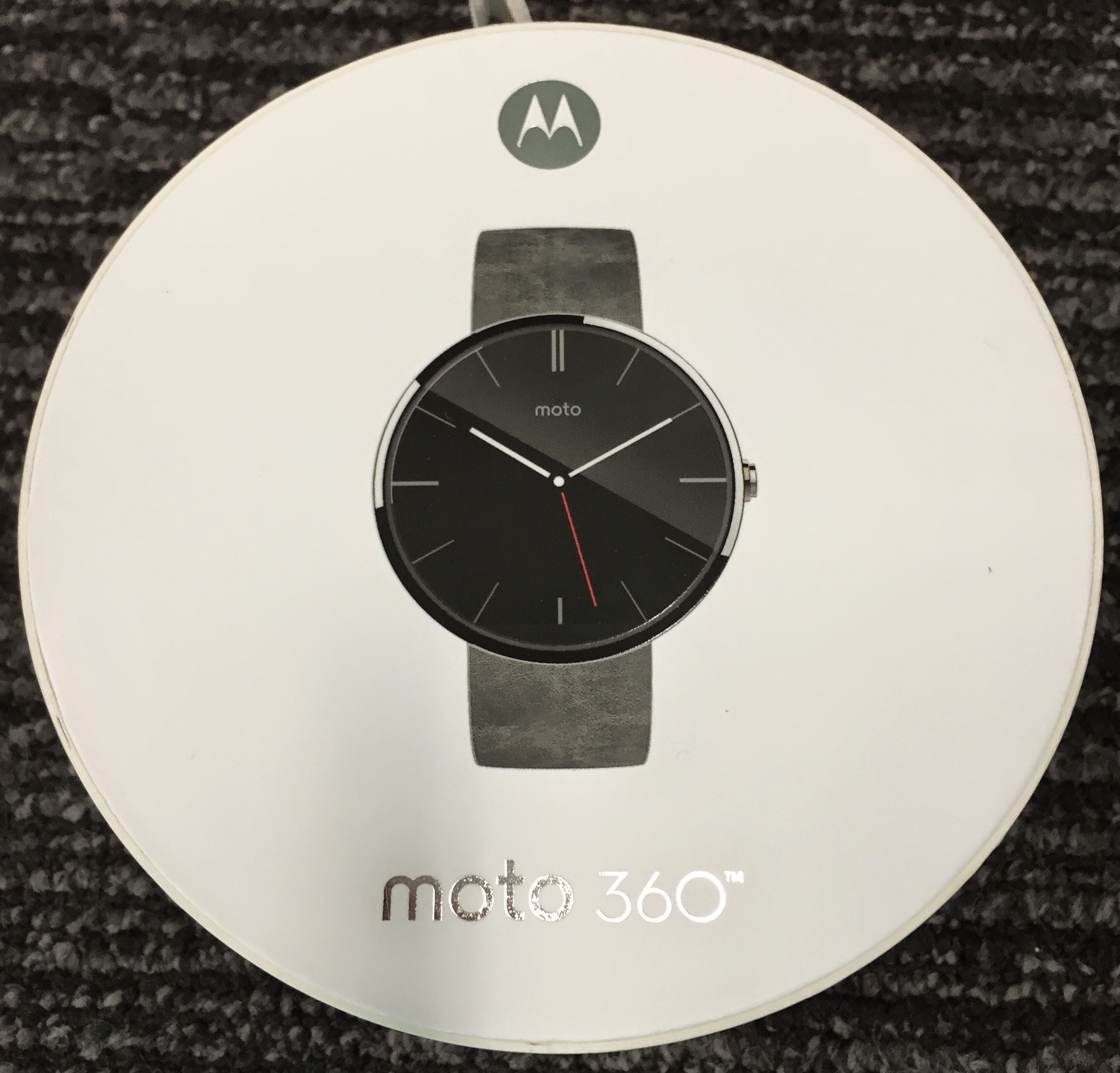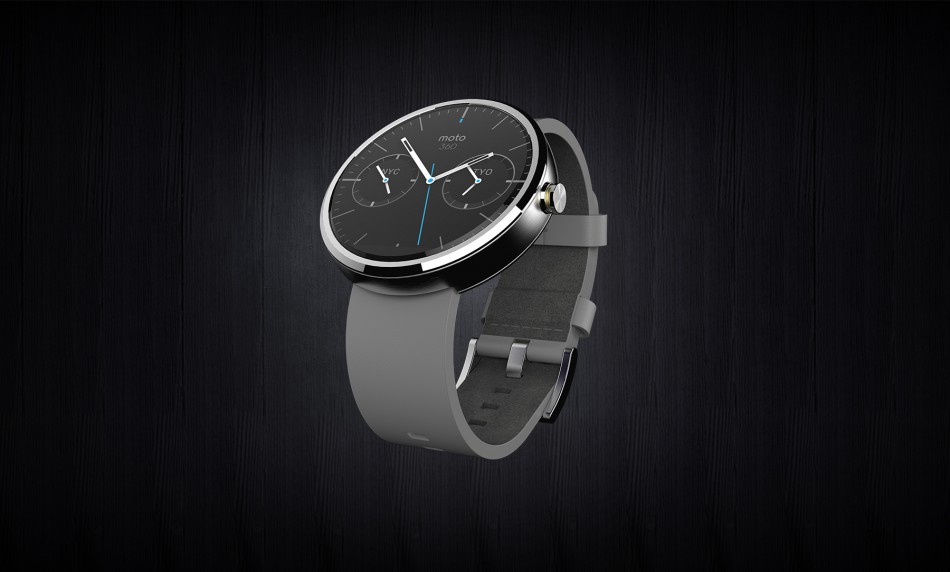I don’t often make predictions, but I’m willing to make this one: 2015 is going to be a huge year for Android. I’m not talking about the Market Share Wars, I never cared for them and Android won them long ago. I have little interest in the Who Makes The Most Money Wars either, I’m often baffled as to why people even care. As a developer and user of mobile platforms I’m more interested in app profitability, quality and diversity. I think 2015 is going to be a huge one for Android in this regard. Don’t believe me, ok, allow me to walk you through why.
Let’s start off with a myth: “No one makes money on Android”. I hear that all the time. The irony of the fact that we make 80% of our daily income on Android doesn’t escape me as these people wax eloquent about how this is a well established fact. Let’s start with facts:
In fact, since last year’s I/O, we have paid out over $5 billion to developers on top of Google Play. It’s not just the volume of this number, but the rate at which this number is growing. It’s increased two and a half times, from $2 billion the year before. So we are seeing tremendous momentum. We are very excited, because it directly translates to developers building their livelihood on top of our platforms.
– Sundar Pichai – SVP, Android, Chrome, and Apps, Google. Google I/O 2014
In other words in 2013 Google payed out $2 billion to developers on Google Play. In 2014, $5 billion. This is a growth rate of 2.5x since last year. The lazy way to analyse this would be to point out that Apple announced that they’d paid out $15 billion to developers in December of 2013. 15 = 5 x 3, case closed. We could argue all day about growth rates, profitability and which platform is ‘winning’ right now. The real thing I pay attention to as a developer is this: can you be profitable on Android? To me the clear answer, with many years of actual revenue flowing into our company is an emphatic ‘Yes’. The next question would be: “Is the platform growing or shrinking? Where will it be in a years time? 2 years?”. The answer to that is obvious too: “It’s growing explosively, Google are paying out more money, selling more phones and improving things at an exponential rate”. Long story short, if you make a great app on Android you stand a good chance of being rewarded for your efforts.
The next thing people often throw out is “Oh but it’s so fragmented, I could never bring myself to buy 300 phones and test on 1000 screen sizes!”. This too as it turns out is a mostly a myth based on a lack of understanding. Firstly screen sizes on Android are actually less fragmented on Android than iOS. If you don’t understand why, or don’t believe me then you need to read this, followed by this. Secondly platform fragmentation is largely not a concern anymore. If you launch an app today you can target Android 4.1 and above, and have access to far more users than the entirety of the iOS platform. If you really want to go Android 5.0 only, you can do that too. All of the Nexus devices, as well as high profile ones from LG, Motorola and many others are currently seeing Android 5.0 being rolled out to them.
So if I can convince you that there’s money to be made, that fragmentation is not as bad as people think it is, what’s left? To me the next most important thing is how the App Store on the platform works. On iOS we’re starting to see things like this on a daily basis:
- Apps pulled after being approved.
- Apps having features removed after being approved. See here and here.
- Apple forcing app developers to remove features, then add them back in.
And that’s just the high profile developers. I shudder to think of how many small developers, with no contacts in the media are just being crushed on a daily basis. Do I see those things on Android? Nope. The only place I’ve seen Google crack down is on apps that download from YouTube and apps that do nefarious things. The first is against YouTube’s TOS, clearly so, and the second is obvious. I can’t tell you just how refreshing it is to push ‘publish’ on a brand new app or update, and see it in the store an hour later.
As 2014 draws to a close I’m rocking the gorgeous 2014 Moto X (Black front, orange accents, leather back), there’s a Moto 360 on my wrist and a Chromecast stick in my bag. I may be completely wrong about 2015, but something tells me I’m not. Come to the dark side fellow developers, we have cake.


